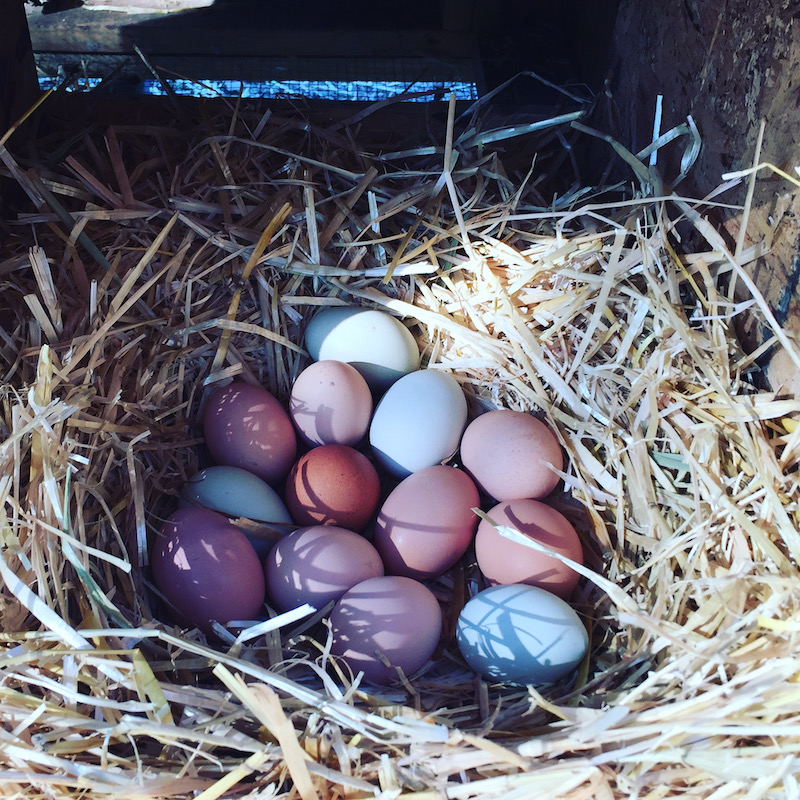
Table of Contents
Introduction:
In the bustling confines of urban living, the desire to embark on the rewarding journey of chicken keeping can be tempered by limited space constraints. Fear not, aspiring urban chicken enthusiasts! With strategic planning and creative solutions, you can transform even the smallest spaces into thriving habitats for your feathered companions. In this guide, we’ll explore practical tips to maximize limited space, making urban chicken keeping easier and more successful.
Vertical Living: Utilizing Every Inch
Think vertically in an urban environment where horizontal space is often at a premium. Invest in tiered coops or stacking nesting boxes to optimize vertical space. Vertical living saves ground space and provides a secure and organized environment for your chickens. Hanging feeders and water dispensers can further contribute to this space-saving strategy.
Mobile Coops: Rotation for Freshness
Consider investing in mobile coops to rotate to fresh grass patches easily. This not only provides your chickens with varied foraging opportunities but also prevents overgrazing in one specific area. Mobile coops are especially beneficial in limited spaces, allowing you to maximize the use of available land while ensuring your chickens enjoy a constantly refreshed environment.

Rooftop Runs: Elevating Your Chicken Haven
When ground space is a premium, explore the possibility of rooftop coop-and-run combinations. Ensure that the structure is sturdy and complies with local regulations. Rooftop runs maximize available space and offer a unique and secure area for your chickens to roam, providing them with a diverse environment and a different perspective on their urban surroundings.
Compact Breeds: Choosing the Right Chickens
Opt for compact or bantam breeds that are well-suited for smaller spaces. Breeds like Silkies, Seramas, or Dutch Bantams are adorable and thrive in confined environments. Their smaller size makes them more adaptable to limited living spaces while providing the joy of chicken keeping.
Dual-Purpose Landscaping: Functional and Aesthetic
Blend functionality with aesthetics by incorporating dual-purpose landscaping. Plant chicken-friendly vegetation, such as herbs or low-maintenance shrubs, around the coop. This not only adds visual appeal but also serves as a natural source of food and entertainment for your chickens. Additionally, consider raised beds or vertical gardens to maximize greenery without sacrificing space.

Creative Storage Solutions: Coop with a Purpose
Transform storage areas or unused spaces into functional components of your chicken-keeping setup. Custom-built coop designs with integrated feed, supplies, and cleaning equipment storage can help keep your limited space organized and efficient. Look for opportunities to repurpose existing structures or elements to serve dual roles within your urban chicken haven.
Conclusion:
Successfully keeping chickens in an urban environment is about more than just the size of your space but the thoughtful and strategic use of it. By thinking vertically, embracing mobile solutions, and selecting breeds suited for compact living, you can turn limited space into a flourishing haven for your feathered friends. Implementing creative ideas, such as rooftop chicken runs and dual-purpose landscaping, adds functionality and aesthetic appeal to your urban chicken-keeping adventure. So, maximize your limited space and embark on a rewarding journey of successful urban chicken keeping! Happy clucking!




